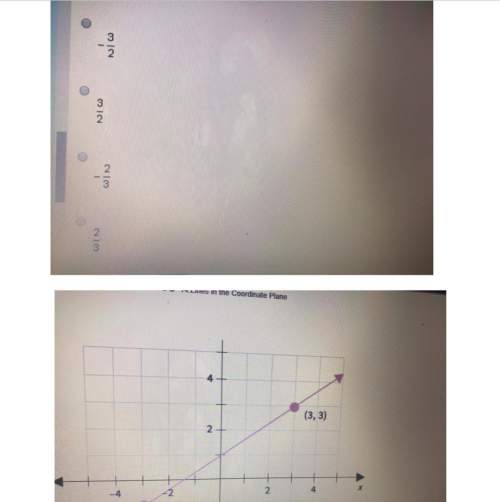
Mathematics, 06.07.2019 15:00 naiomireyes74p2aybs
When certain kinds of chemicals are combined, the rate at which the new compound is formed is modeled by the autonomous differential equation dx/dt = k(a-x)(b-x) where k > 0 is a constant of proportionality and b > a > 0. here x(t) denotes the number of grams of the new compound formed in time t. (a) use a phase portrait of the differential equation to predict the behavior of x(t) as t -> infinity. (b) consider the case when a = b. use a phase portrait of the differential equation to predict the behavior of x(t) as t -> infinity when x(0) < a. when x(0) > a. (c) verify that an explicit solution of the de in the case when k=1 and a=b is x(t)=a-1/(t+c). find a solution that satisfies x(0) = a/2. then find a solution that satisfies x(0)=2a. graph these two solutions. does the behavior of the solutions as t-> infinity agree with your answers to part (b)?

Answers: 1


Another question on Mathematics

Mathematics, 21.06.2019 19:00
For the following geometric sequence, find the recursive formula. {-80, 20, -5, } i need : ')
Answers: 1

Mathematics, 21.06.2019 20:30
What is the interquartile range of this data set? 2, 5, 9, 11, 18, 30, 42, 48, 55, 73, 81
Answers: 1

Mathematics, 21.06.2019 21:40
Drag the tiles to the correct boxes to complete the pairs. using the properties of integer exponents, match each expression with the correct equivalent expression.
Answers: 1

Mathematics, 22.06.2019 00:00
Table of values relation g values x, y 2,2 /3,5 /4,9 /5,13 which ordered pair is in g inverse? a(-2,2) b(-3,-5) c)4,9) d( 13,5)
Answers: 3
You know the right answer?
When certain kinds of chemicals are combined, the rate at which the new compound is formed is modele...
Questions







Mathematics, 14.04.2020 23:43

Social Studies, 14.04.2020 23:43






Mathematics, 14.04.2020 23:43







 . We have four cases to consider: (1)
. We have four cases to consider: (1)  ; (2)
; (2)  ; (3)
; (3)  ; and (4)
; and (4)  .
. and
and  , so
, so  , which means
, which means  is increasing and converging to
is increasing and converging to  as
as  .
. from below.
from below. and
and  , which means
, which means  , so tha t
, so tha t
 , then
, then  , which has the phase portrait
, which has the phase portrait
 when
when  ;
;  from below when
from below when  from below as
from below as  or
or  .
. and
and 





 , we have
, we have
 , we would get
, we would get
 is smaller or larger than
is smaller or larger than  , in fact), so we only need to verify that the solution we found also conforms to this trend. We have
, in fact), so we only need to verify that the solution we found also conforms to this trend. We have



